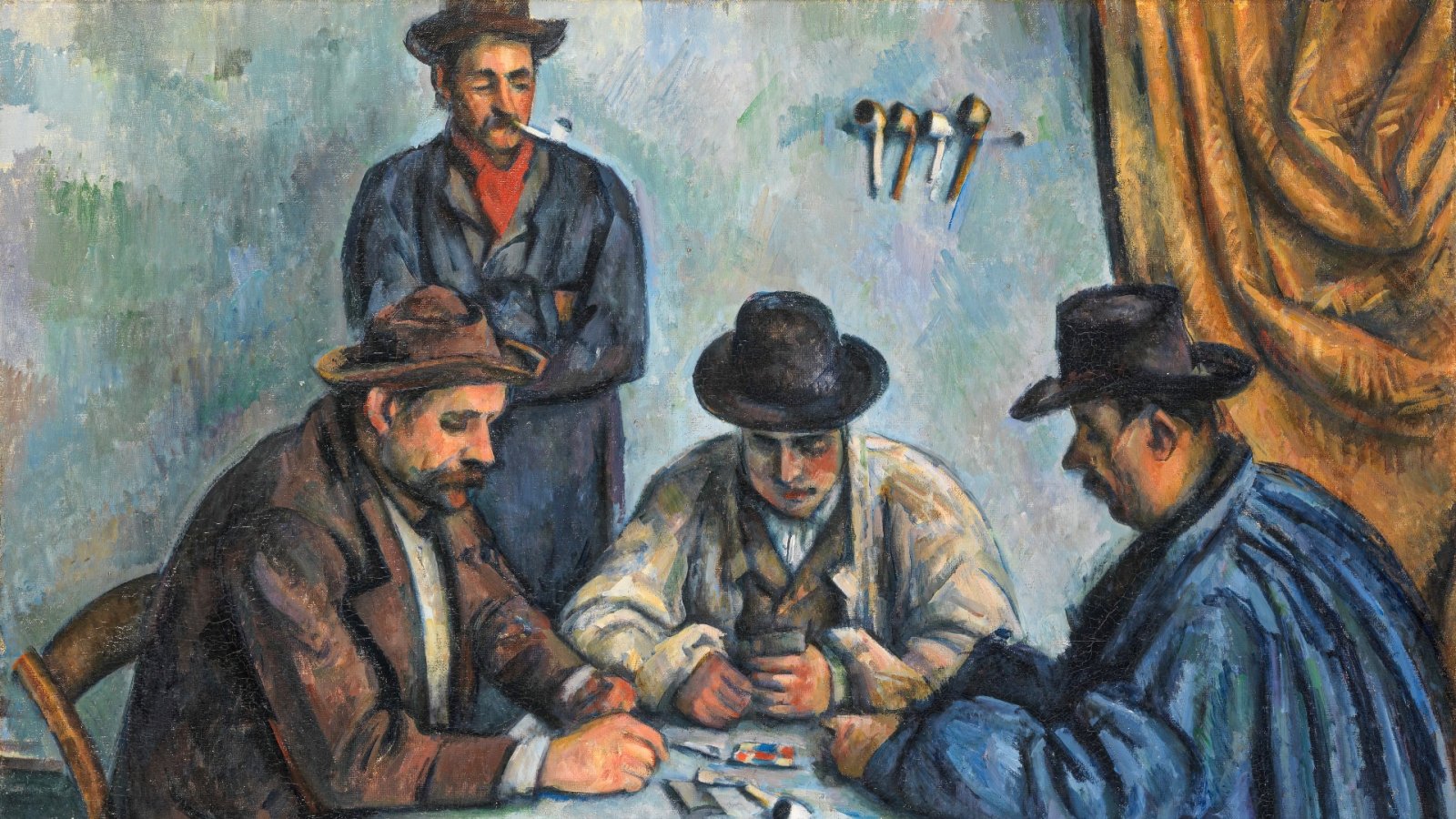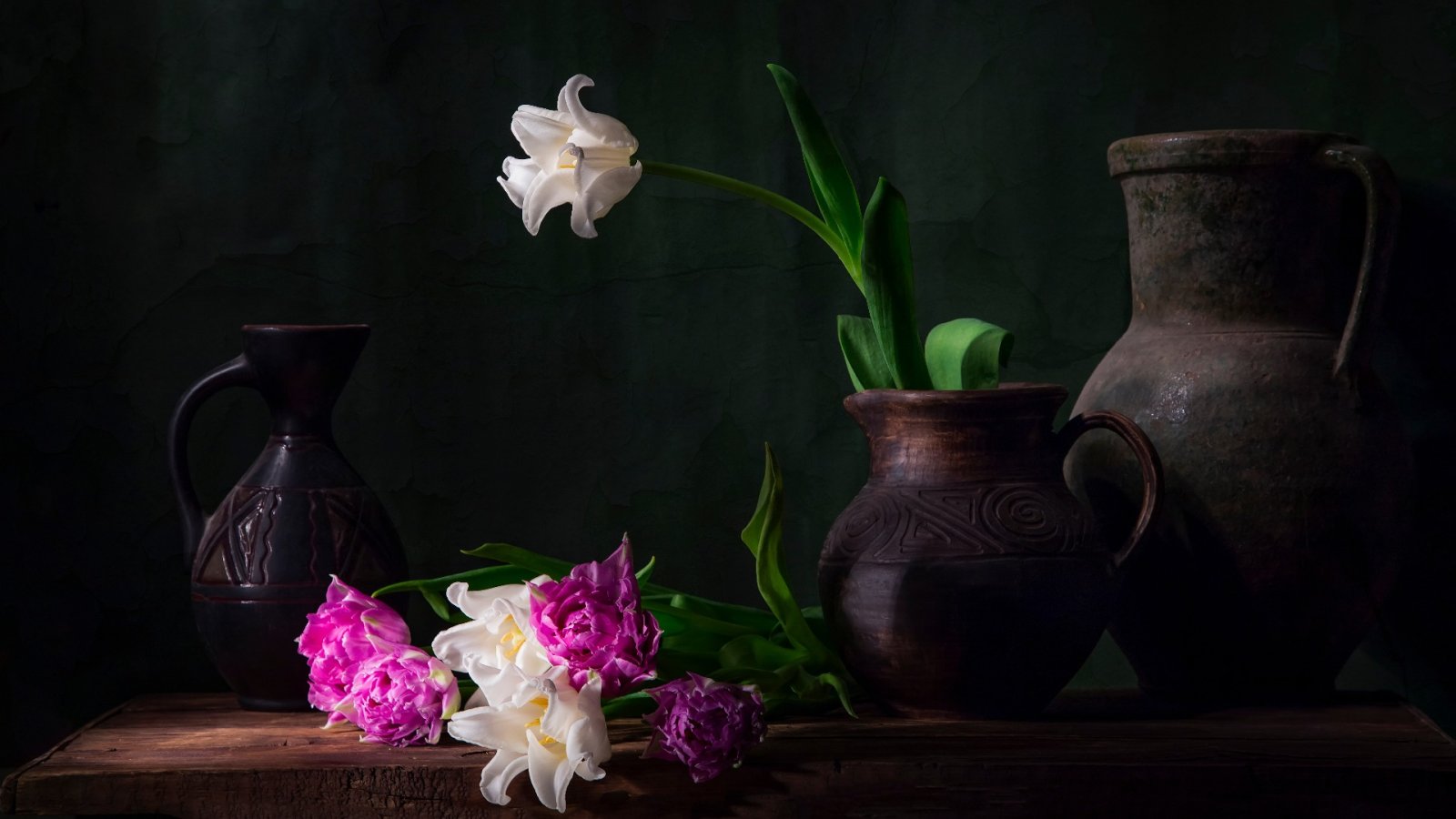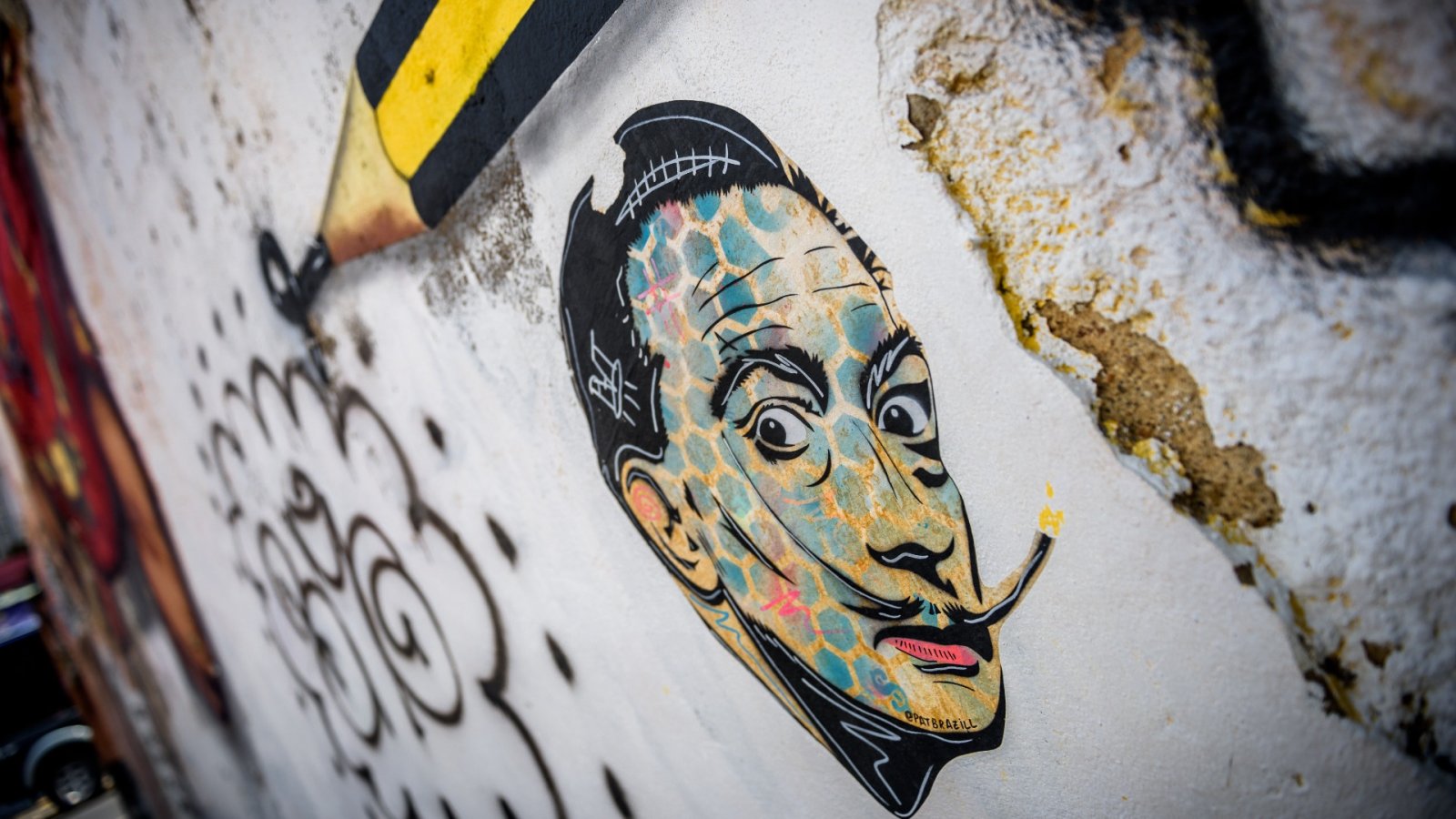When you think about "Surrealism", Salvador Dalí immediately comes to mind - whether it's the artist himself or one of his most iconic works like his unreal painting featuring the ultra-known melting clocks. Known for his theatrical persona and exaggerated waxed mustache as much as his surreal paintings filled with delirious imagery and found object sculptures, Dalí became synonymous with the Surrealist movement in the public eye.
However, the founder of Surrealism, André Breton, grew frustrated with Dalí stealing the spotlight through his celebrity status and commercial success. While Dalí set a precedent for artists promoting their brands, his extreme focus on fame and prolific output diluted the power of his artwork over time. More troubling was his controversial flirtation with fascism in the 1930s, which caused a rift with the Surrealist group. Overall, Dalí had as much of a legacy for his fame and personality as an "artist superstar" ahead of his time, as for his groundbreaking surreal creations that pushed boundaries. However, the downsides of such a celebrity also came to define him later in his career through his self-parody and entanglement in politics that divided the art world.
Salvador was born in 1904 in the coastal town of Figueres, Catalonia, Spain. His father was a strict lawyer who supported Catalan autonomy, while his mother encouraged Dalí's artistic talents. He had an older brother with the same name, Salvador, who died at age three, nine months before Dalí was born. His parents told him as a child that he was the reincarnation of his deceased sibling - a concept that haunted Dalí for his entire life and career. He stated that from a young age, he felt unliving - and his trauma manifested in works like his 1963 pop art painting "Portrait of My Dead Brother" where he envisioned his namesake as an adult.
Dalí also learned his surname had North African origins from the Moors who invaded Iberia in the 8th century. He proudly claimed Arab heritage, believing it explained his fascination with ornamentation and his ability to tan very dark. These biographical details of his family history and his younger brother's death profoundly shaped Dalí's psyche and surrealistic style.
In 1916, Dalí began his art education at the Municipal Drawing School in Figueres. In Figueres, he was introduced to the avant-garde through the Catalan Impressionist Ramon Pichot, a regular visitor to Paris. Pichot exposed the young Dalí to Picasso and the Futurists, major influences on his style. In 1921, Dalí's mother passed away, dealing him a deep personal loss. The following year, at age 17, he entered the prestigious San Fernando Royal Academy of Fine Arts in Madrid. Initially focusing on landscapes and portraiture, Dalí's works soon took on a willful oddness. Early pieces blended techniques like Fauvist color and Mannerist distortion, showing his technical skill and surrealist tendencies.
The pioneering work of Sigmund Freud had a profound early influence on Dalí and his artistic development. While still a student, Dalí immersed himself deeply in Freud's revolutionary theories about the subconscious mind and the id. He sought to apply these psychoanalytic principles to channel his inner fears, desires, and neuroses through his surrealist creations. Dalí was so inspired by Freud that he tried repeatedly to meet the renowned psychoanalyst in person. He journeyed to Freud's Viennese home on several occasions, hoping to call upon the thinker directly. It was not until 1938 that Dalí finally got his chance when he was able to visit Freud in London. By that time, Freud had fled Austria after the Nazi annexation to seek refuge in England. Their historic meeting allowed Dalí to profoundly discuss Freud's theories in person with the man who developed them—cementing the pivotal role Freudian psychology would play in Dalí's iconic surrealist style.
Under Miró's mentorship, Dalí was welcomed into the exclusive Surrealist group. This provided invaluable access and support that allowed the young iconoclast to fully immerse himself in the revolutionary movement's ideals of using art to unlock the mysteries of the subconscious mind. Miró played a pivotal role in launching Dalí's career through these crucial early Parisian connections.
Dalí unapologetically pursued commercial success and fame at a time when more purist avant-garde circles saw such goals as corrupting art. He was a brazen self-promoter who proudly declared having a love of money. His first show in Paris at the Goemans Gallery in November 1929 was a popular and financial sensation that left critics perplexed. During the approximately five years that Dalí was producing Cubist art, he experimented widely with the various styles, influences, and techniques that had developed within the Cubist movement over its fifteen-year history at that point.






